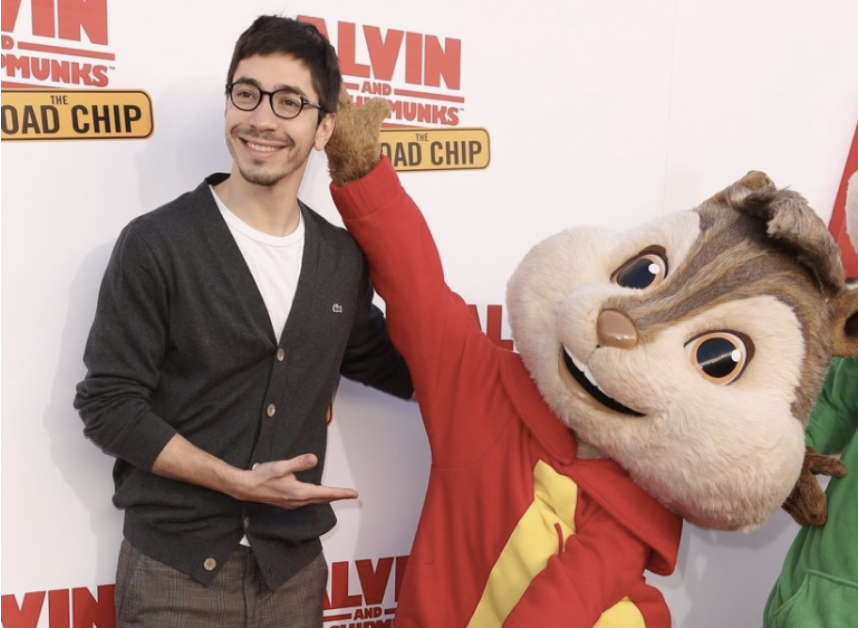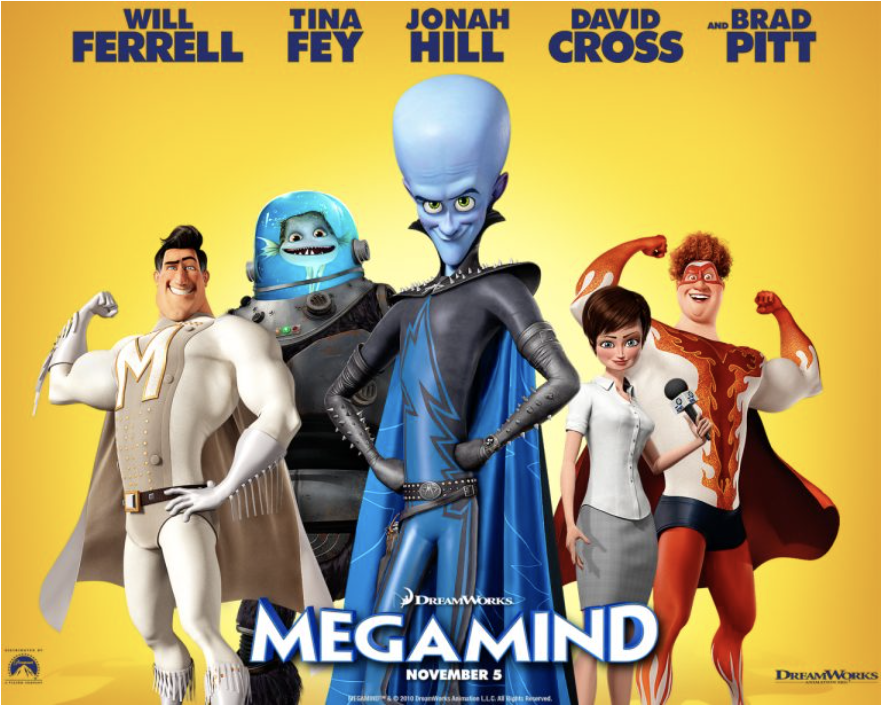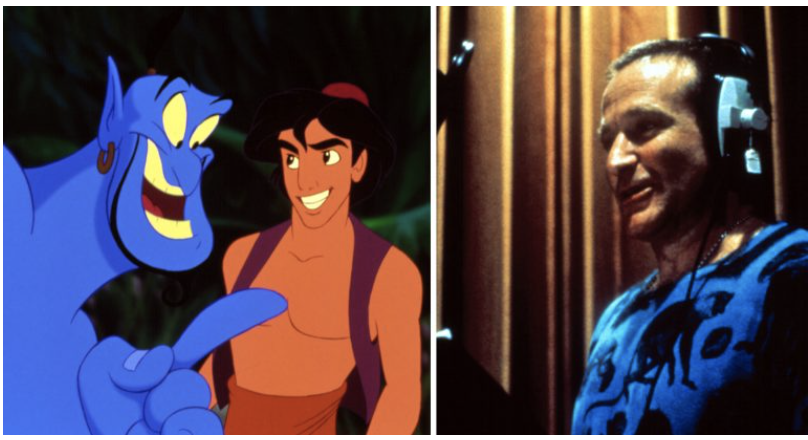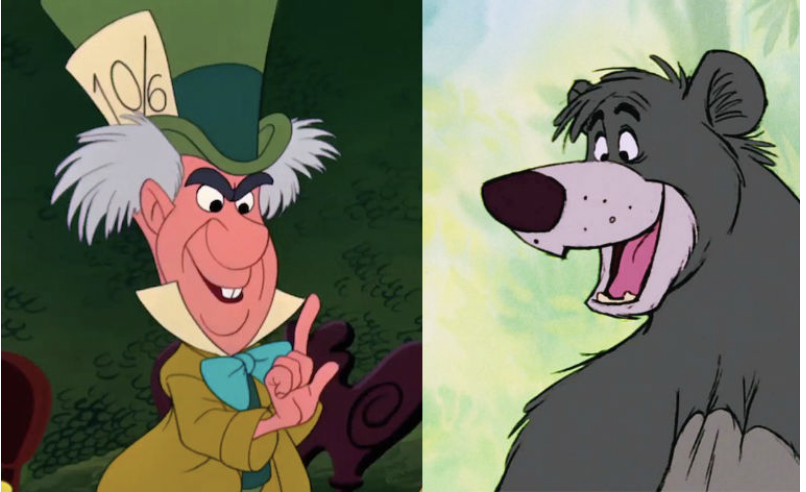
Stunt-casting in animation has become the norm over the last couple of decades. A feature-length animated film is likely not going to get green-lit unless there is at least one notable star attached to voice a character. However, there appears to be much less scrutiny involved in the casting of a celebrity in an animated film than there is in a live-action film. The problem lies in the fact that voice-acting requires a particular skill-set that not all actors possess. The name above the title of the film seems to have become more important than the talent behind the voice.

It’s rare that the performance of a “known” actor improves the overall quality of an animated film in my opinion, nor has the name alone of any actor ever made me want to rush out to the movie theater. Even the casting of Bruce Campbell couldn’t get me to go see “Cars 2.” Dan Akroyd and Justin Timberlake were the “drawing power” for the big-screen adaptation of “Yogi Bear,” yet the pair just did impressions of original “Yogi Bear” voice-actors Daws Butler and Don Messick. Seeing as nobody went to see that movie just to hear Timberlake and Akroyd, I’m fairly certain they could’ve hired any number of career voice-actors that could have done the same job, if not better.
Did you know that Justin Long plays Alvin in the “Chipmunks” movies? No, you wouldn’t, because they pitched-up his voice to sound just like Ross Bagdasarian Sr., who voiced the original Alvin. Which means absolutely anyone could have likely played the character. I had the opportunity to speak with veteran voice-actor Phil Lamarr (“Samurai Jack,” “Futurama,” “Static Shock”) about that casting, and he didn’t necessarily share my viewpoint. “Justin does have comedy chops,” said Lamarr. “It’s not like they cast someone with a lot of Twitter followers from ‘The Real Housewives.’ Yes, decisions like that are made sometimes, and when they are it’s a bad decision. But if Justin auditioned, or they heard him do the part, and they said, ‘He’s kind of funny, he’s got a good vibe,’ then I’m fine with it.
While there are likely a number of examples of celebrities being cast because of their talents as a voice-actor, it would seem that is not the case for a large majority of the animated films being released. To me, “Megamind” is the biggest stunt-casting offender. The film starred the voices of Will Ferrell, Tina Fey, Brad Pitt, David Cross and Jonah Hill. I like all of those actors, but not one of them contributed anything unique or outstanding to that movie. It was simply a bunch of animated characters who sounded like actors that we know.

The brilliance of animation lies in absolute suspension of disbelief, but that’s nullified when all you can do is imagine the actors playing the roles. One may argue that in any live-action film you must put the actor aside and concentrate on the character that they’re playing, but the rules are simply different for animation. Everyone knows that Mel Blanc voiced a majority of the Looney Tunes characters, but each one of them had a unique voice and personality, none of which were Blanc’s. Plus, Blanc’s notoriety came primarily from voicing those characters, not the other way around.
Billy West, a prolific voice-actor best known for his work on shows like “Ren and Stimpy,” “Futurama” and “Doug,” has been a pretty vocal opponent of stunt-casting, and he was not shy about sharing his opinions with me when I spoke with him about the subject. “All the voice-artists I know can piss circles around most actors,” he said. “It’s an unstoppable trend. We’ll have to create a place where they can’t go, because it invalidates what me and my friends do for a living.”
Animaniacs and Teenage Mutant Ninja Turtles star Rob Paulson is a bit more diplomatic on the subject. “It’s show business. If they want to play Brad Pitt a half a million bucks for ten lines to play te talking giraffe, it’s your money, ” he says. “However, we also know from experience it doesn’t mean you’re going to see tickets. If the story’s no good and you can’t keep people interested, you could have Jesus as a talking giraffe, and it wouldn’t matter.”

There have been notable examples of stunt-casting done right. Robin Williams’ incredible performance in “Aladdin” has had every casting director in Hollywood trying to recapture that manic magic ever since the film’s release. But the difference is that Williams was an incredibly talented voice-actor. Williams had a passion for animation and it showed. It’s no coincidence that Williams wrote the foreword to animation legend Chuck Jones’ second autobiography, “Chuck Reducks,” in addition to presenting Jones with his Lifetime Achievement Oscar. You may recall that Williams played an animation voice-actor in “Mrs. Doubtfire,” in a segment brilliantly directed by Jones. Williams had a unique talent for it that most actors just don’t have.
Pixar, despite peppering their films with known names, at least has a record of casting well. Sure, they may cast a Samuel L. Jackson or an Owen Wilson, but Albert Brooks, Craig T. Nelson and Ed Asner were all inspired choices, none of whom were chosen for their box-office draw. There have been film and television actors like Lorraine Newman and Sean Astin who have moved into legitimate voice-acting careers, but they are far and few between.

There are many talented voice-actors in Hollywood who can bring more to a performance than just their name. Talents like Lamarr, West, Jim Cummings, Rob Paulsen, Cree Summer, Maurice LaMarche, Tara Strong and Frank Welker (to name a few) have been proving that for decades. These actors all have successful careers in television animation and video games and do occasionally pop up in smaller roles in feature films, but you’ll never see their names above the title, which is a shame. When the popular video game series “Ratchet and Clank” made the jump to the big screen, the advertised cast consisted of John Goodman, Paul Giamatti, Bella Thorn, Rosario Dawson and Sylvester Stallone. Not featured were the film’s two leads, James Arnold Taylor David Kaye, both of whom are voice-actors who portrayed the titular characters in the games and the film.
Stunt-casting is not a new trend by any means. Ed Wynn and Phil Harris were household names when they were cast in “Alice in Wonderland” and “The Jungle Book” respectively, but like Williams, they had an affinity for the medium. Their voices, and more importantly their choices, just lent themselves to animation.
Unless you’re an animation aficionado, very few classic animated characters have a recognizable actor associated with them. That’s because a great animated character is the sum of its parts, from the writing to the design to the voice. No individual aspect makes the character what it is. The voice actor should seamlessly contribute to the package, not stand out from it. I just wish Hollywood would realize that.
*EDITOR’S NOTE: A version of this article was first posted on October 11, 2011. Jeff recently re-worked the article to include interviews with Phil LaMarr and Billy West, and to reflect the passing of Robin Williams. He also gave it a bit of a polish. It should also be noted that at one point in his life, Jeff ‘s educational pursuits were geared toward a potential career an an animator, and while that never came to fruition, he remains passionate about the art form.
UPDATE – 9/10/22- Quote from voice actor Rob Paulson was included.


I tend to agree, back in the early days of animation they used radio actors who were experts voice acting rather than film or stage actors. Stephen screen actors are good at Portraying emotions physically or through facial expressions but it’s difficult for them to do it through their voice.